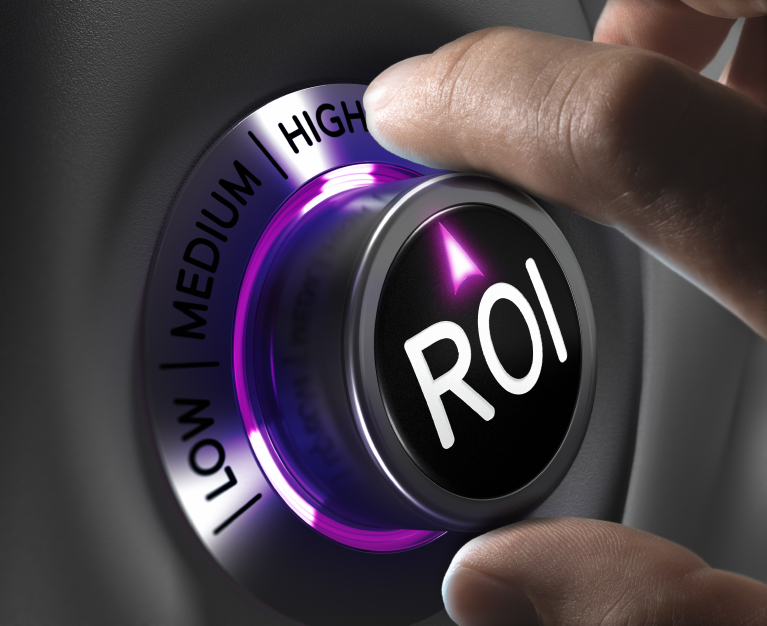
|
Your return on investment (ROI) answers the question, “For every dollar invested in training, how many dollars are is the company getting back?” It can be a critical question for the environment, health, and safety (EHS) manager trying to demonstrate that EHS programs are good for business.
Let’s Talk Business
One reason EHS professionals struggle to connect EHS activities to business objectives is that EHS has its own vocabulary. There’s often no common language among financial and EHS professionals for describing EHS values.
An organization’s financial managers often do not have evidence that it is worth the time or effort to understand the business value of a company’s environmental strategies. Financial analysts have no industry-specific environmental analyses nor do they have company-specific environmental data related to established drivers of corporate value. Financial analysts, company environmental managers, regulators, and environmental advocates have different professional vocabularies and perspectives for evaluating and describing the same conditions.
Your one-stop safety management resource, available 24/7. Go here to take a no-cost site tour or here to try it in your own office!
Training, in particular, can be difficult to quantify in business terms. The quantity and even the quality of training sessions does not necessarily reflect improvement in employee behavior or efficiency. So, it can be vital for EHS managers to learn to “speak the language” of financial managers and analysts in order to convey the vital importance of EHS activities—and the language of ROI can be a critical piece of that.
Why Figure ROI?
When you evaluate the ROI of your training program, that information benefits you in three vital ways:
- It provides concrete validation of your training program as a business tool.
- It can be used to justify the cost of your training program to upper management.
- It can be a useful tool for choosing future training methods.
Because many business executives view training as a business expense, they measure its worth in terms of profits made or savings earned from this expense. You need to make sure training is seen as beneficial to your company.
How to Figure ROI
The formula below can be used to measure the ROI for your company and to calculate the percentage of profit earned for every training dollar spent.
ROI formula:

You’ll need to track the costs of your training program in order to complete this formula. Make sure that you know how much you’ve spent on:
- Design and development,
- Promotion,
- Administration,
- Delivery (staff or technology),
- Materials,
- Facilities,
- Employee wages, and
- Evaluation.
Great news! BLR’s renowned Safety.BLR.com® website now has even more time-saving features. Take our no-cost site tour! Or better yet, try it at no cost or obligation for a full 2 weeks.
To track the monetary benefits of your training, you’ll want to keep track of:
- Labor savings,
- Productivity increases,
- Income generation,
- New leads,
- New products, and
- Lower turnover costs.
Here’s an example for Ace Widget Company. Assume that a widget-making skills training session increased production by 20% and that a 1% increase in production yielded $40,000 in annual revenue.
- $800,000 total benefits
- $200,000 in total cost

So, in this example, for every $1 spent on training, the organization gained a net benefit of $3. That kind of feedback and analysis can go a long way toward establishing the effectiveness of your training program and its value to your employer.
Need more guidance on learning to “speak the language of business” as an EHS professional? You can find it at Safety.BLR.com®.
